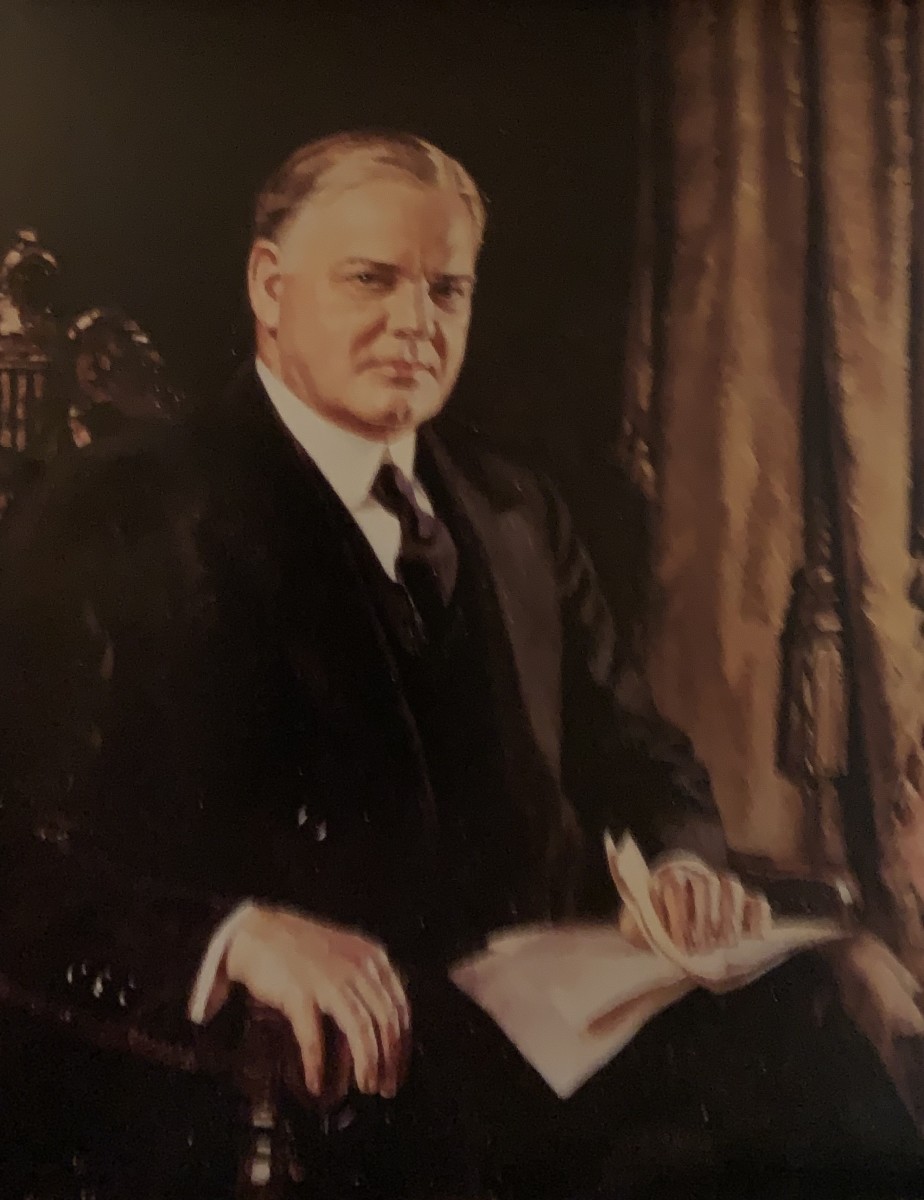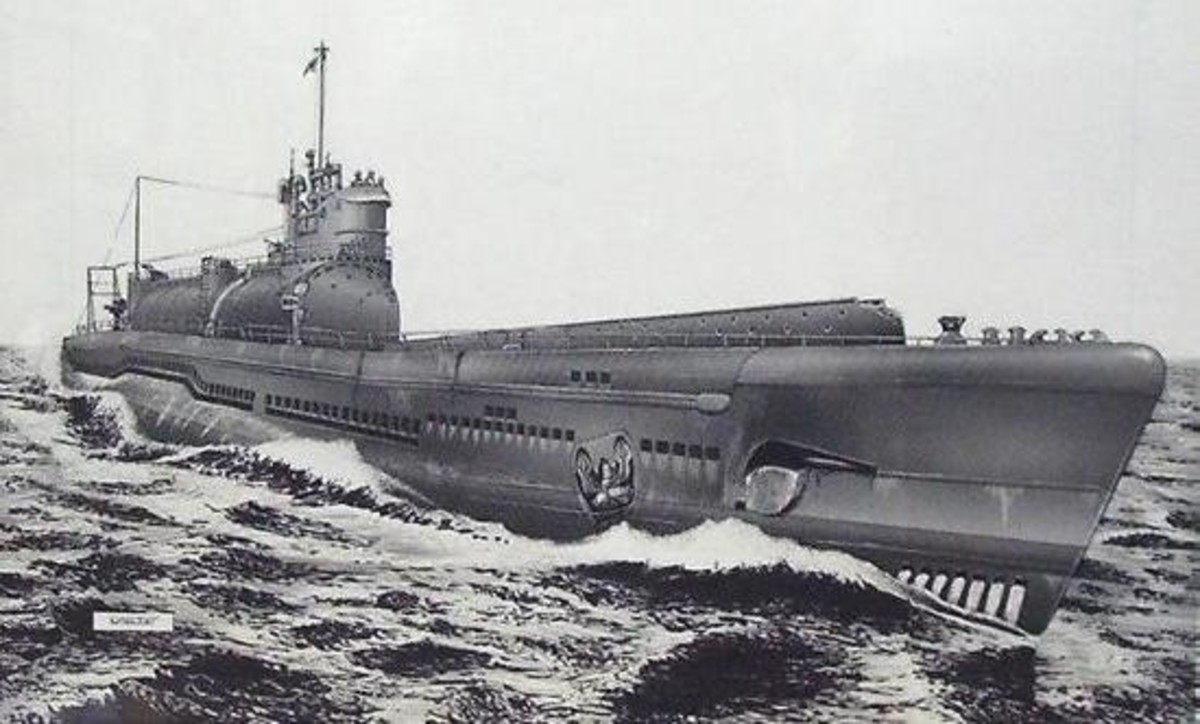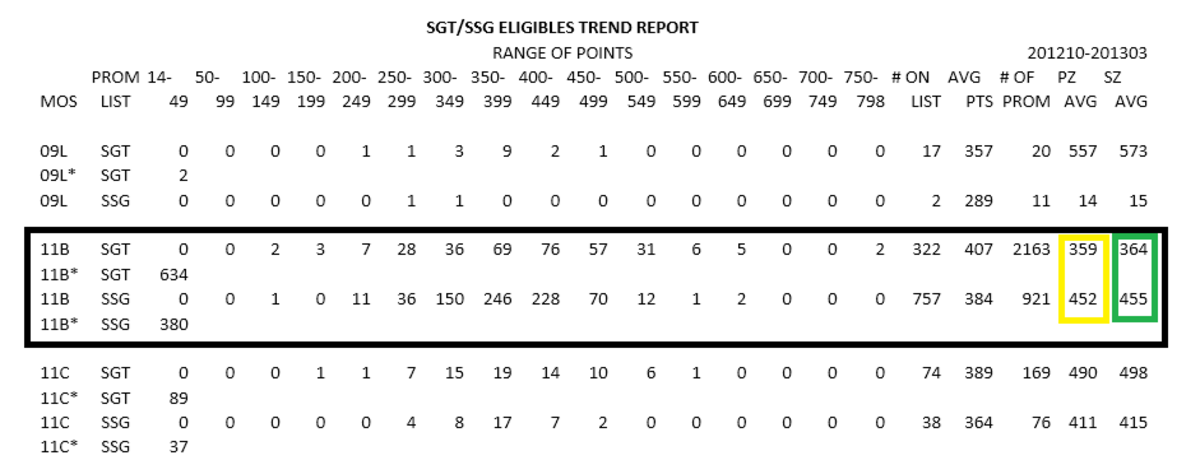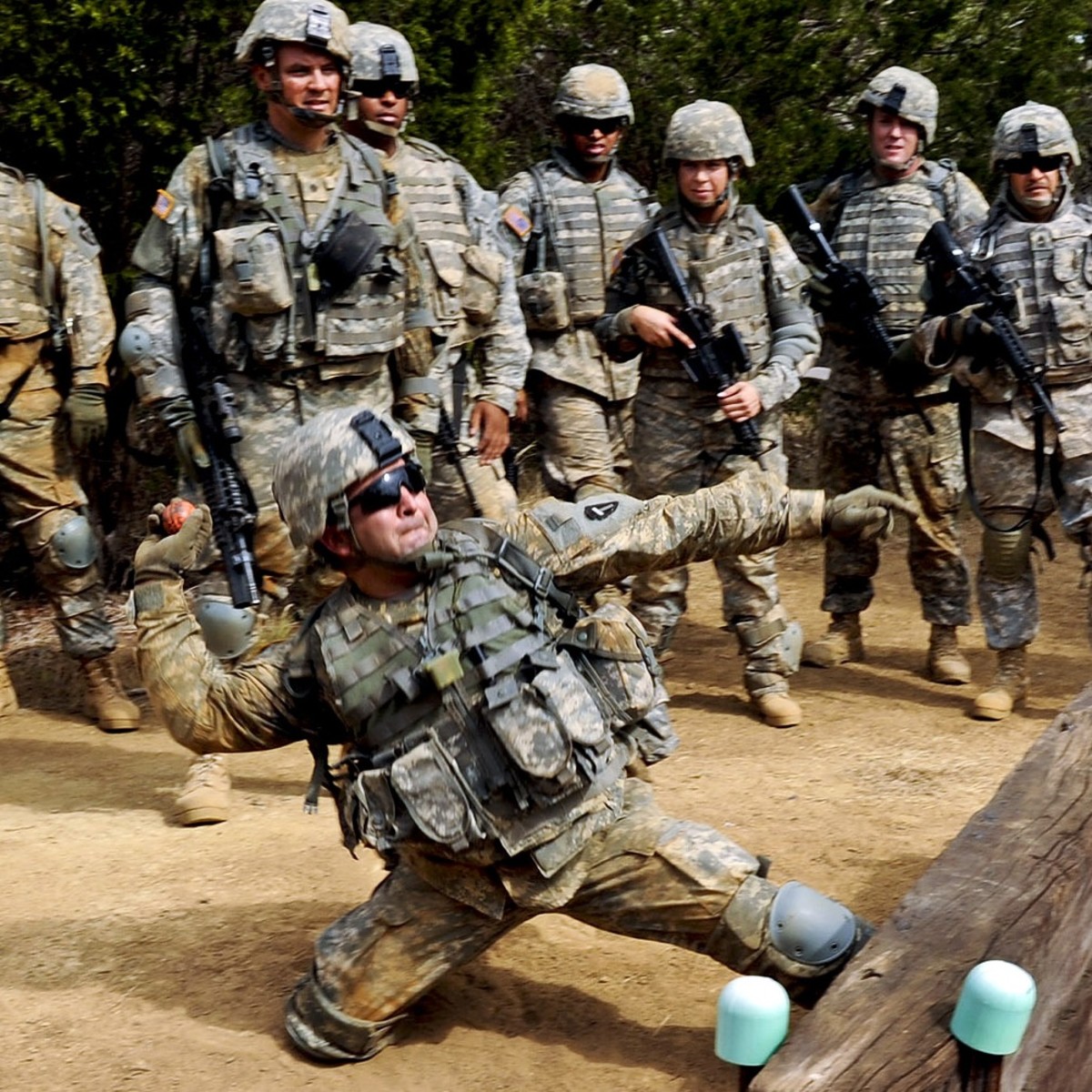Were Dropping the Atomic Bombs on Japan in World War 2 Justified?
Hiroshima and Nagasaki Atomic Bombs
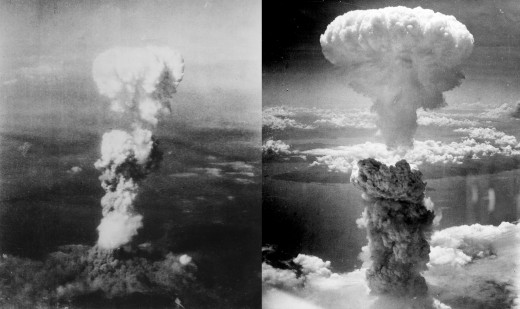
The Manhatten Project
At six o'clock in the morning on the seventh day of December 1941, the Japanese led an air attack at Pearl Harbor, Hawaii, in the United States. The Japanese reasoning was they did not like that President Roosevelt had banned all of our exports of scrap iron, steel, rubber, but mainly oil to Japan, which they had been receiving to fuel their war effort. This is what had angered the Japanese. The strike was intended to neutralize the U.S. Pacific Fleet, and protect Japan's advance into Malaya and the Dutch East Indies, where Japan sought access to natural resources such as oil and rubber. Later in World War II the United States dropped two atomic bombs on two cities in Japan, ending the war with Japan, and forcing them to surrender. The bombings may not have been morally correct, but were justified, because they forced Japan to give in, and ended one of the deadliest conflicts in human history.
The Manhattan project was instituted by Albert Einstein as research for atomic weapons. He did not give the project a name, but recognized the need for a government backed nuclear program. Einstein decided to write a letter to Franklin Roosevelt on the second day of August, 1939. He thought the United States needed such a program because he feared that the German scientists would make the discovery first and attack the American people. Uranium mines in Czechoslovakia had been taken over so his fears were legitimate. The Germans had also been working on duplicating Uranium at the Kaiser-Wilhelm-Institute in Berlin. His call was left unanswered for three years.
The Manhattan project was very secret. It lasted about three years, and at the peak of production, a whopping 125,000 people were employed. Few of the workers had any idea what they were doing. People simply followed orders. Most of the workforce was employed to oversee the enrichment of Uranium. Many sites were used across the continental United States. They utilized the desert in Mexico as a test site, and took advantage of the cheap energy costs in Tennessee. Rochester, New York, and Richmond, Washington were also used along with many other sites. The United States ended up spending over two billion dollars.
Believe it or not, Japan used more savage ways in their war techniques than the United States did. The atomic bombings of Nagasaki and Hiroshima were relatively innocent compared to the way Japan had violated the “Rules of War”. In the “Rape of Nanking” Japan had invaded China and was completely ruthless. You can see that just from the name given to the act. They had executed wounded enemies, prisoners of war, and even civilians. They did not spare women or children. Today it is considered genocide. Also, there are accounts of Japanese men rounding up Chinese women and raping them. The death toll for this was between 200,000 and 300,000. The atomic bombings had actually had a smaller death toll ranging from 80,000 to 150,000 deaths.
The Japanese had struck the American Naval Base at Pearl Harbor by surprise. This was an immoral strategy because they were attacking a neutral nation. The Japs had killed 2,403 Americans, ruined 188 airplanes, and sunk five of eight battleships. Violation of the neutrality of a nation, like this one, are frowned upon by history.
On the sixth day of August, 1945 President Harry S. Truman made a great summarizing statement to the American people right at the end of World War II. He summarizes events throughout the war, but mostly focuses on the development of atomic weapons. He states that the Japanese had started the war, and “they have been repaid manyfold”. He notes that employment at its peak is 125,000 people working to create the weapons. Still after the war 65,000 were employed showing that the war was good for the American people because it created jobs. Both science and industry had been working under the United States Army. “What has been done is the greatest achievement of organized science in history. It was done under high pressure, and without failure.” says Truman. He states that under normal circumstances everything about atomic energy and the war would be released and made public, but he wouldn't want these secrets released to the rest of the world. Other countries getting hold of this could cause further destruction. Ironically Truman speaks about how he will make further recommendations to congress as how atomic power can be a peaceful force towards the maintenance of world peace.
Another great document is the letter by J. R. Oppenheimer and his colleagues in which he explained why we need to use nuclear weapons immediately. He said the group needs to recognize our obligation to the American people to keep our nation safe. He welcomes suggestions on how this power can be used to contribute to and improve international relations. Oppenheimer thought that testing the atomic bomb beforehand would lead to its international outlawing, thus he saw no alternative to direct military use.
In fighting World War II the only technique used by America was not atomic bombing. Numerous other strategies were used. One of these devastating strategies was called firebombing. It consisted of B-29 bombers dropping incendiaries, or bombs that exploded into huge fireballs that started the areas around it on fire. This was used to set Tokyo ablaze. During the night of January 24, 1945 we raided Tokyo and killed 88,000 people and left over one million homeless. With all of the raids combined, the total deaths reaches far past the number dead from atomic weapons. Also firebombing is much less humane. I would much rater die instantly from an atomic bomb, than burning to death.
On September 2, 1945 the Japanese issued their formal surrender. It states that Japanese government had accepted the provisions stated in the declaration issued by the United states, Chinese, and British governments, on July 26, at the Potsdam Conference. “The authority of the Emperor and the Japanese government to rule the state shall be subject to the Supreme Commander for the Allied Powers who will take such steps as he deems proper to effectuate these terms of surrender”.
Many Japanese were killed in the war effort, but the actions taken by the United States government were justified and necessary to the safety of the American people. If atomic weapons would not have been used, a strong enough message would not have been sent to the Japanese, especially since they ignored our warnings. The creation and use of atomic energy and weapons may not have been morally correct, but was necessary for the safety of America.


